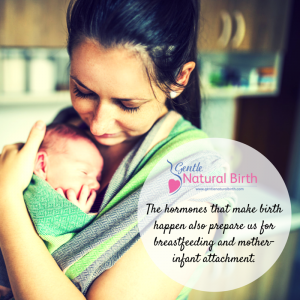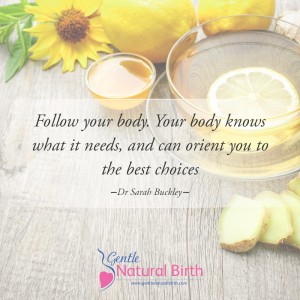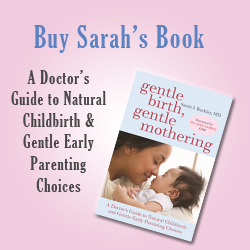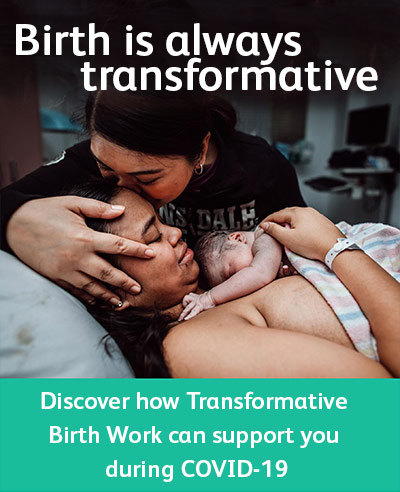Since the publication of her 2015 report Hormonal Physiology of Childbearing (more info and links here) Dr Buckley has continued to research and write about the hormones of physiological labour and … [Read more...] about Hormonal Physiology, Oxytocin and More
Parenting
What to Eat When You’re Expecting to be Expecting
This is it! You’re pulling out all the stops, ditching the rubber, trashing the pills, popping out the birth-control implants, un-inserting the IUDs and everything else that stands between … [Read more...] about What to Eat When You’re Expecting to be Expecting
Five Tips for Fertile Fun
You’re wanting to make a baby. Congratulations on taking the first steps on your journey to family! You are probably wondering exactly what you are supposed to be doing. Or not doing? Is it … [Read more...] about Five Tips for Fertile Fun
What’s so Great about Hormonal Physiology?
Hormonal physiology describes the healthy functioning of our hormonal systems. My new report Hormonal Physiology of Childbearing provides scientific evidence and detail about these processes in … [Read more...] about What’s so Great about Hormonal Physiology?





 Discover the science and pleasure of Ecstatic Birth!
Discover the science and pleasure of Ecstatic Birth!